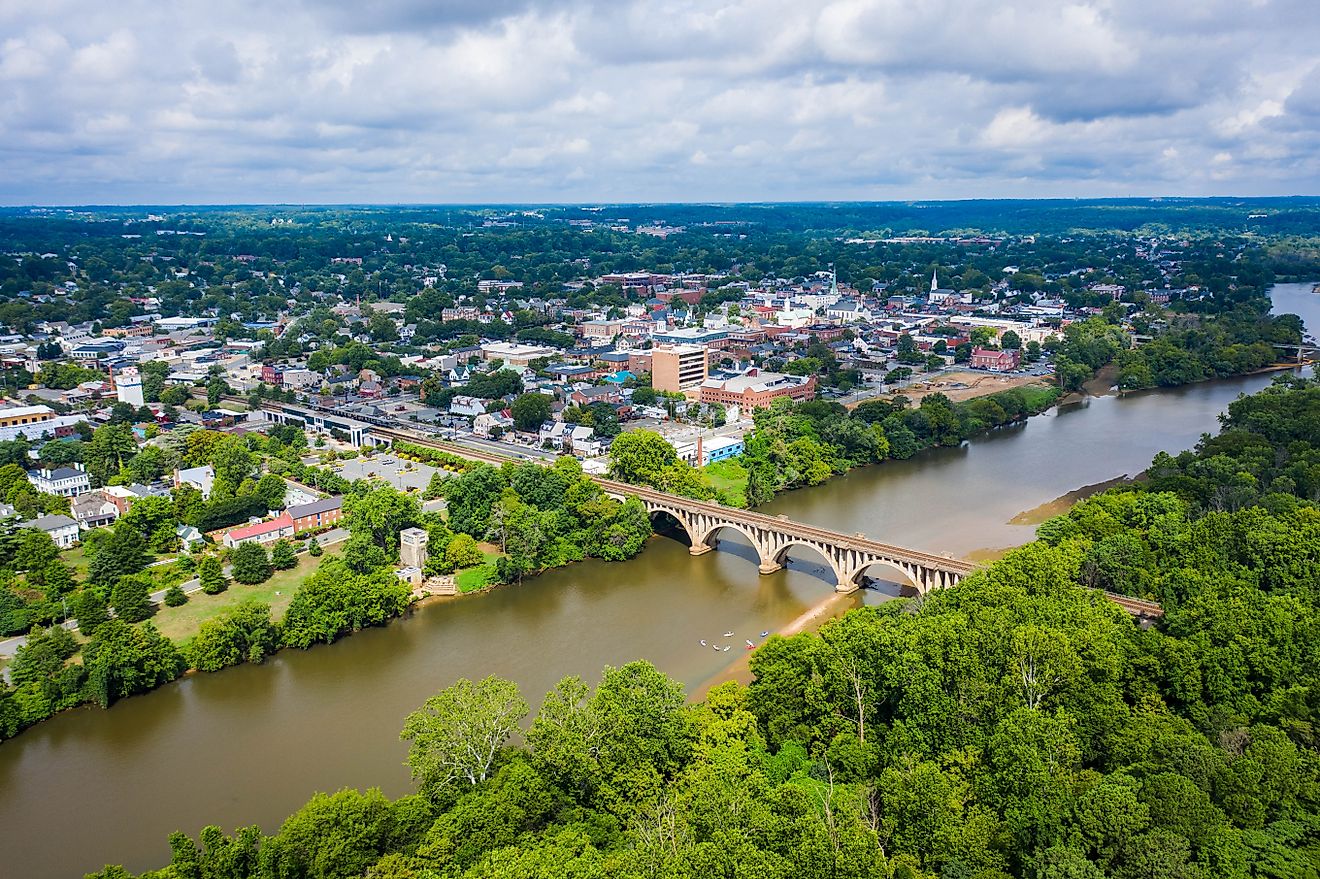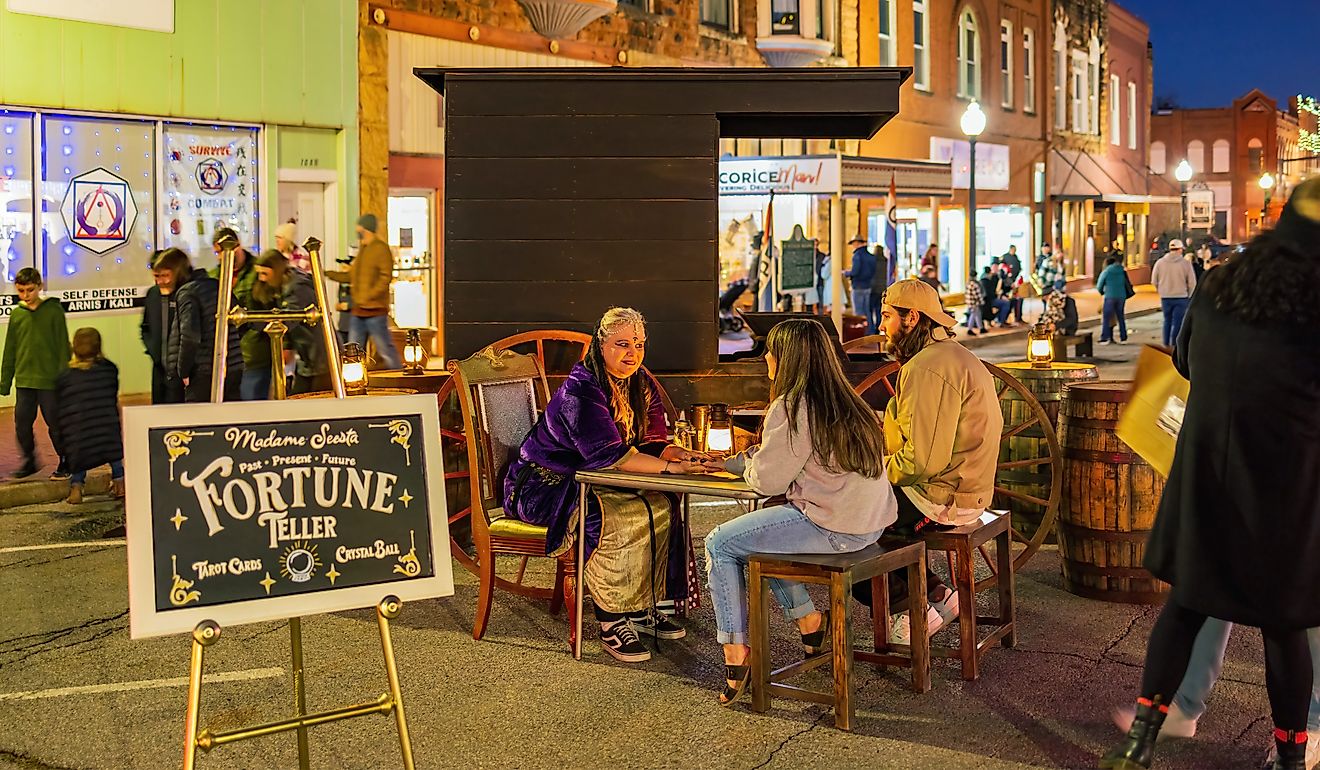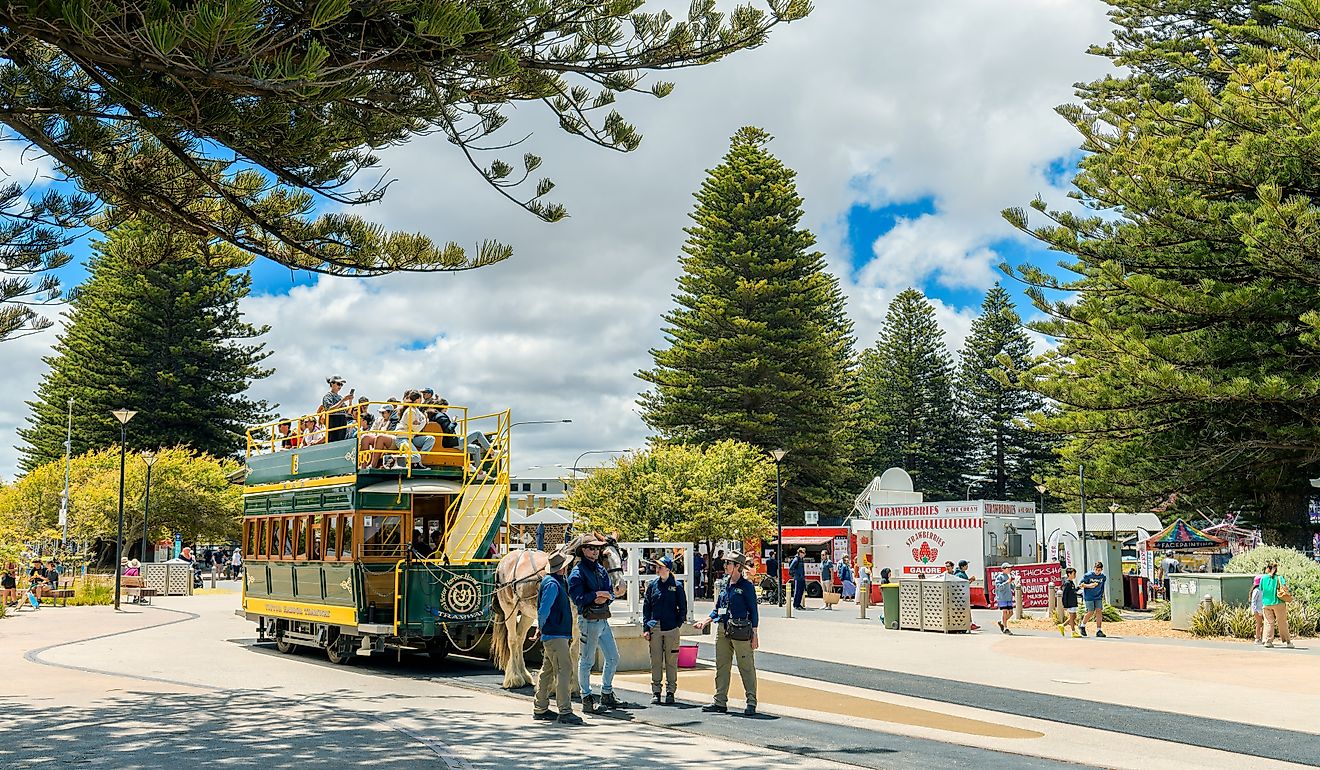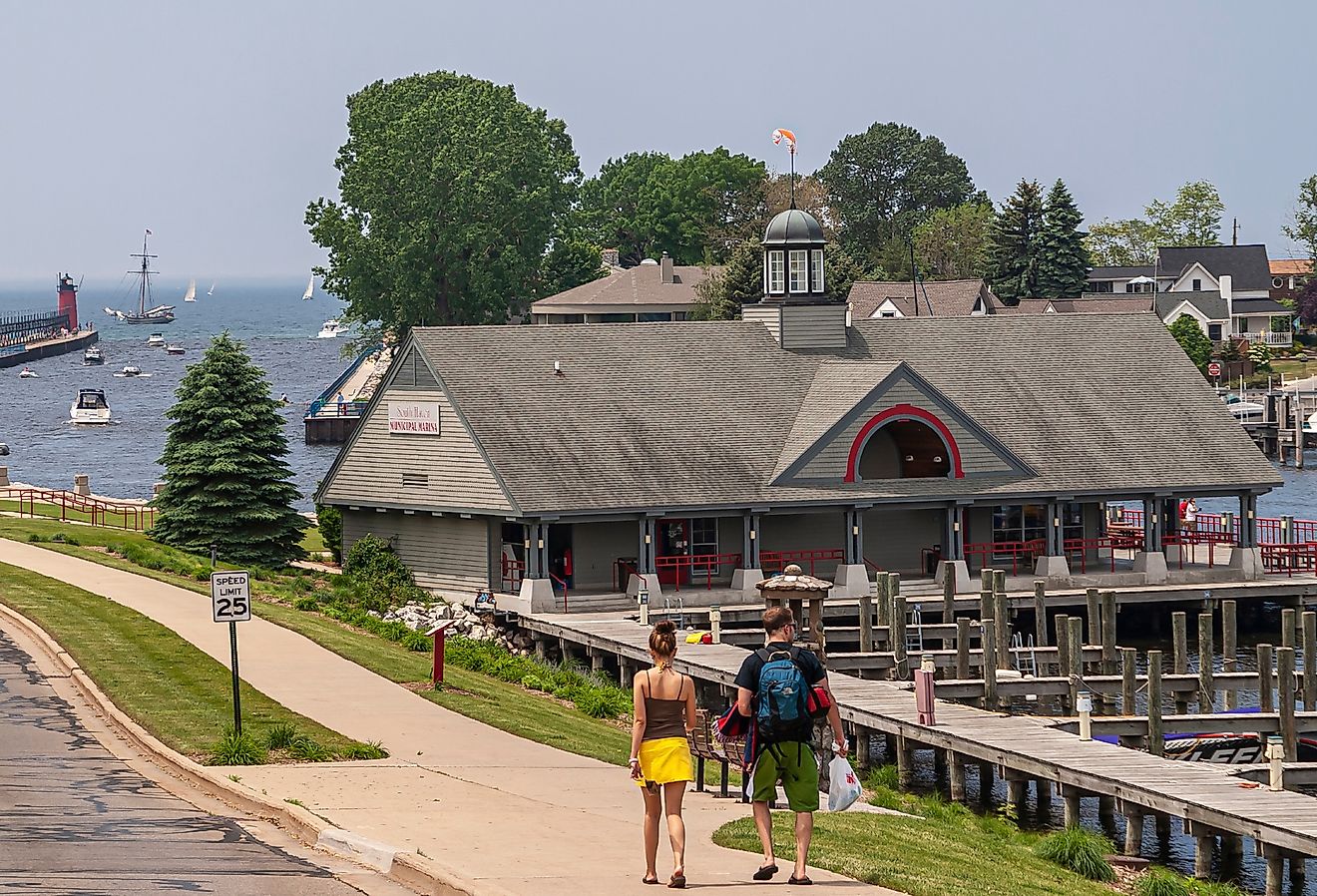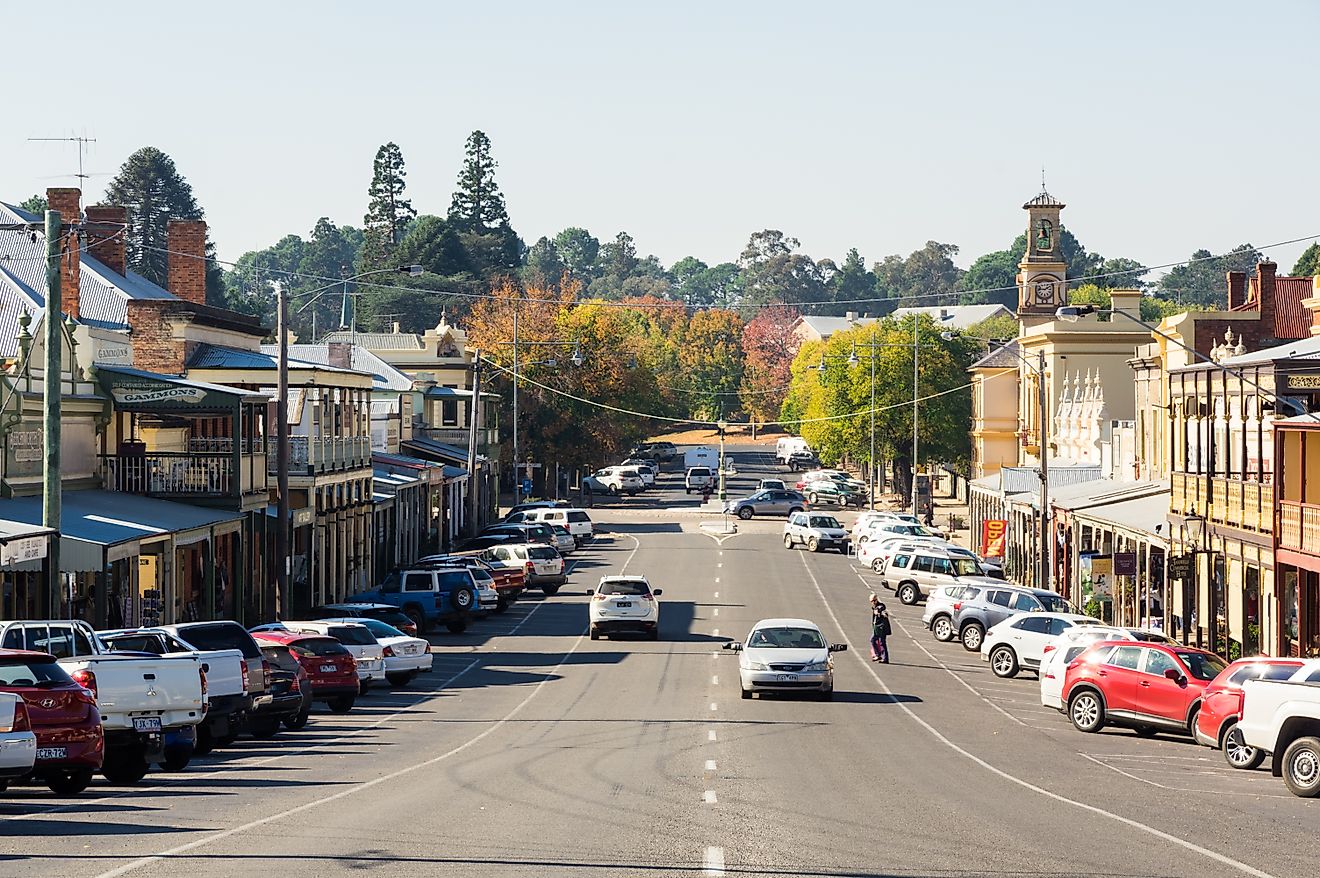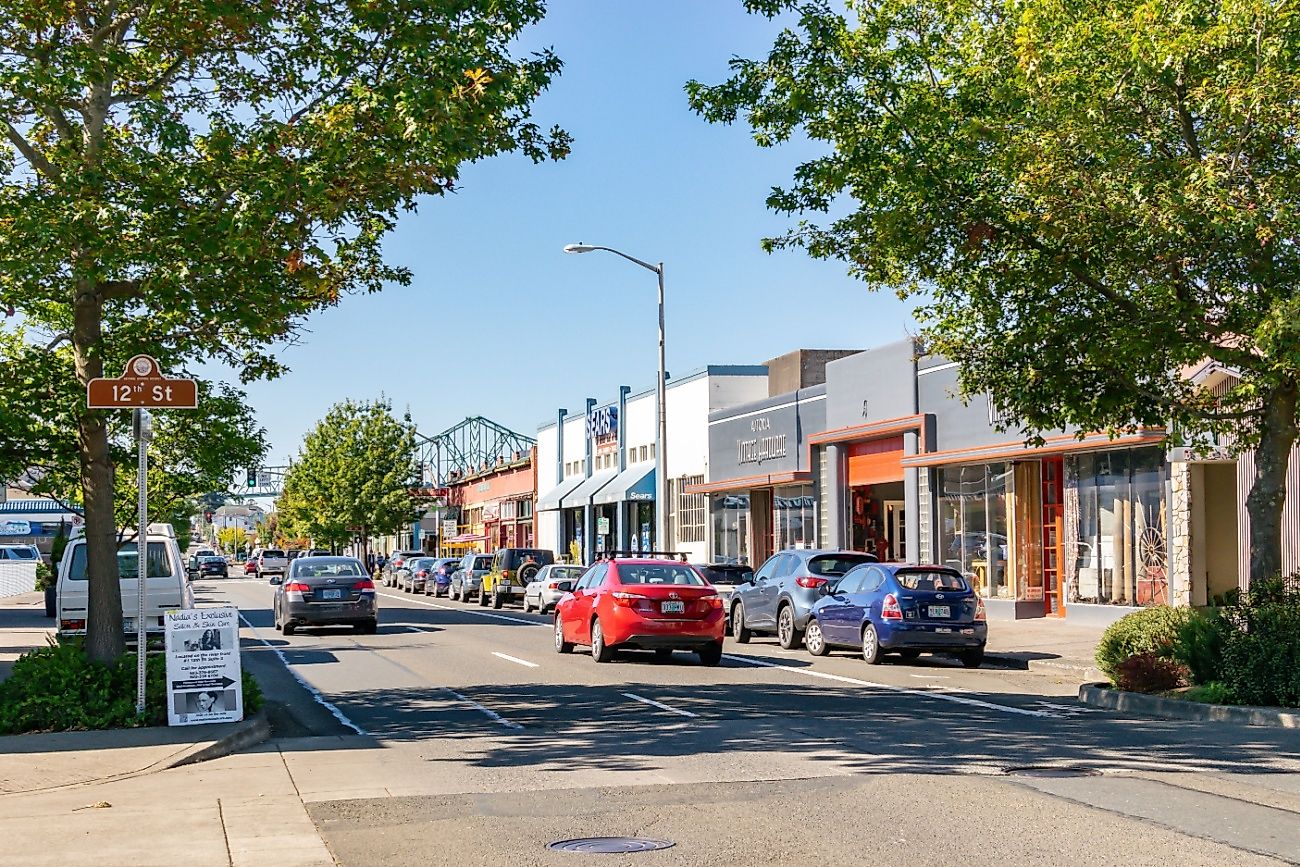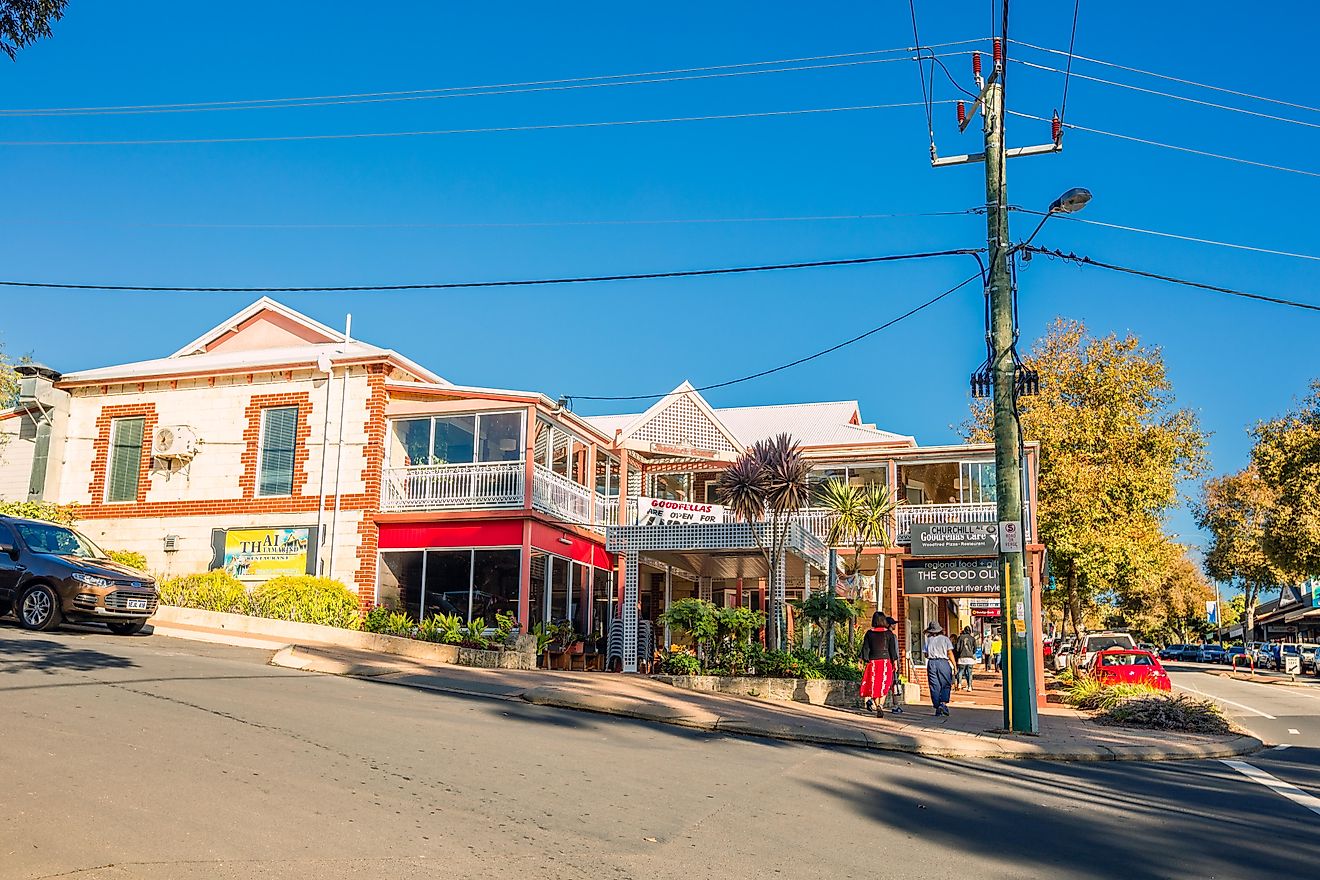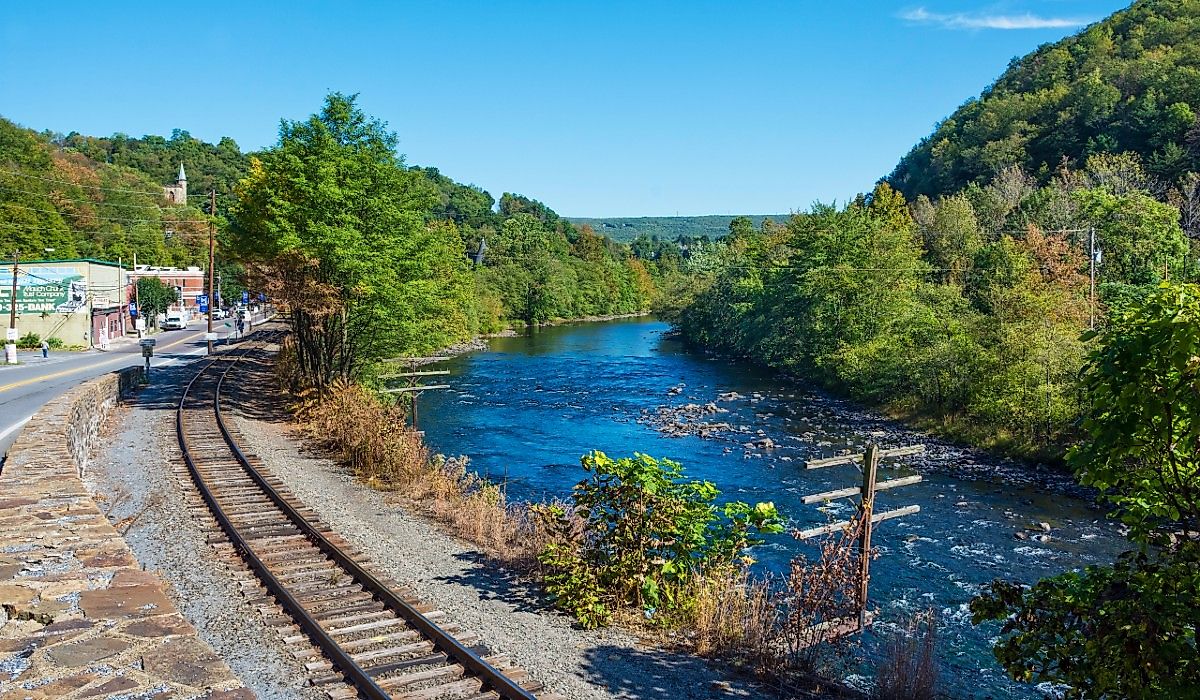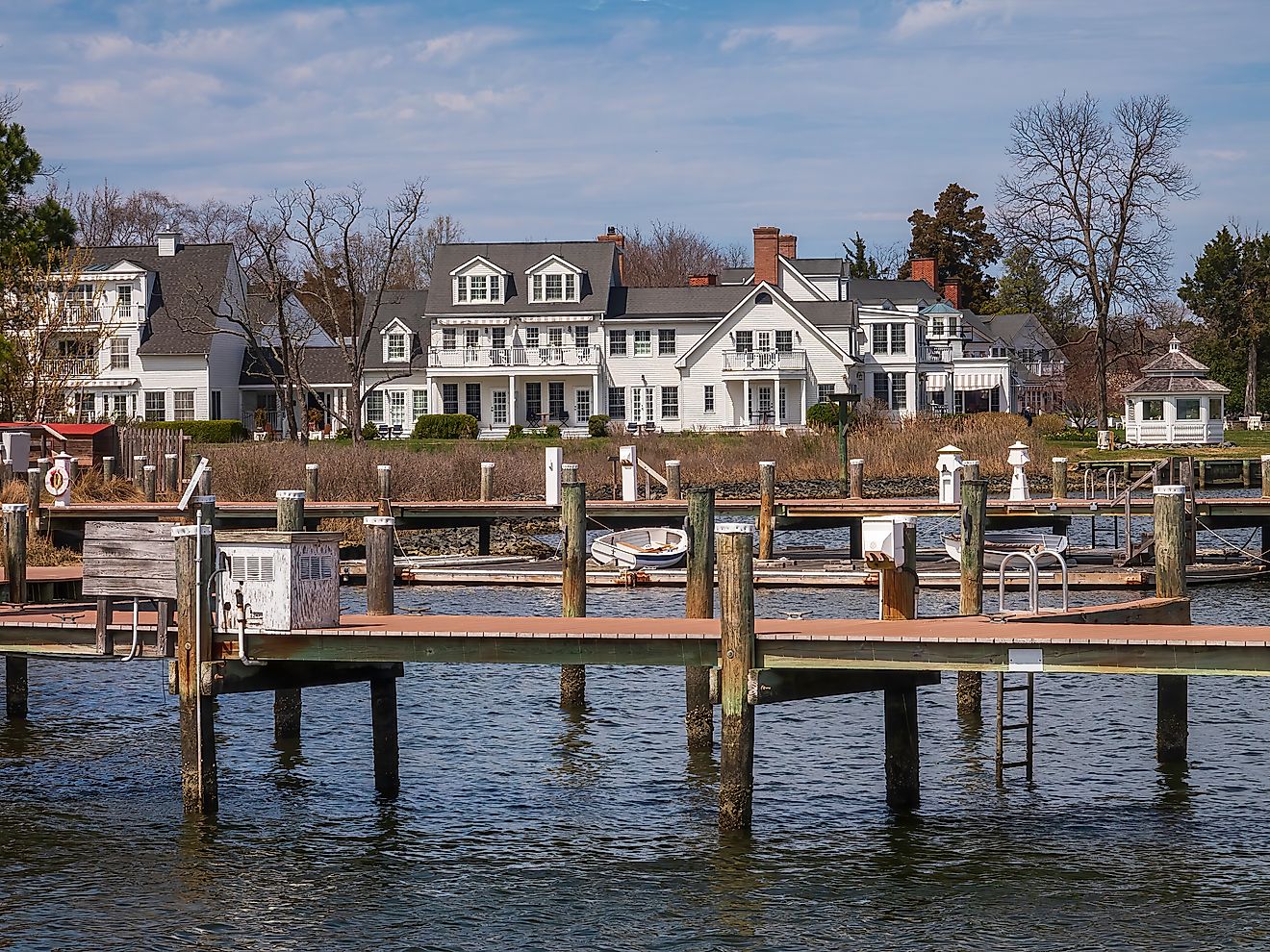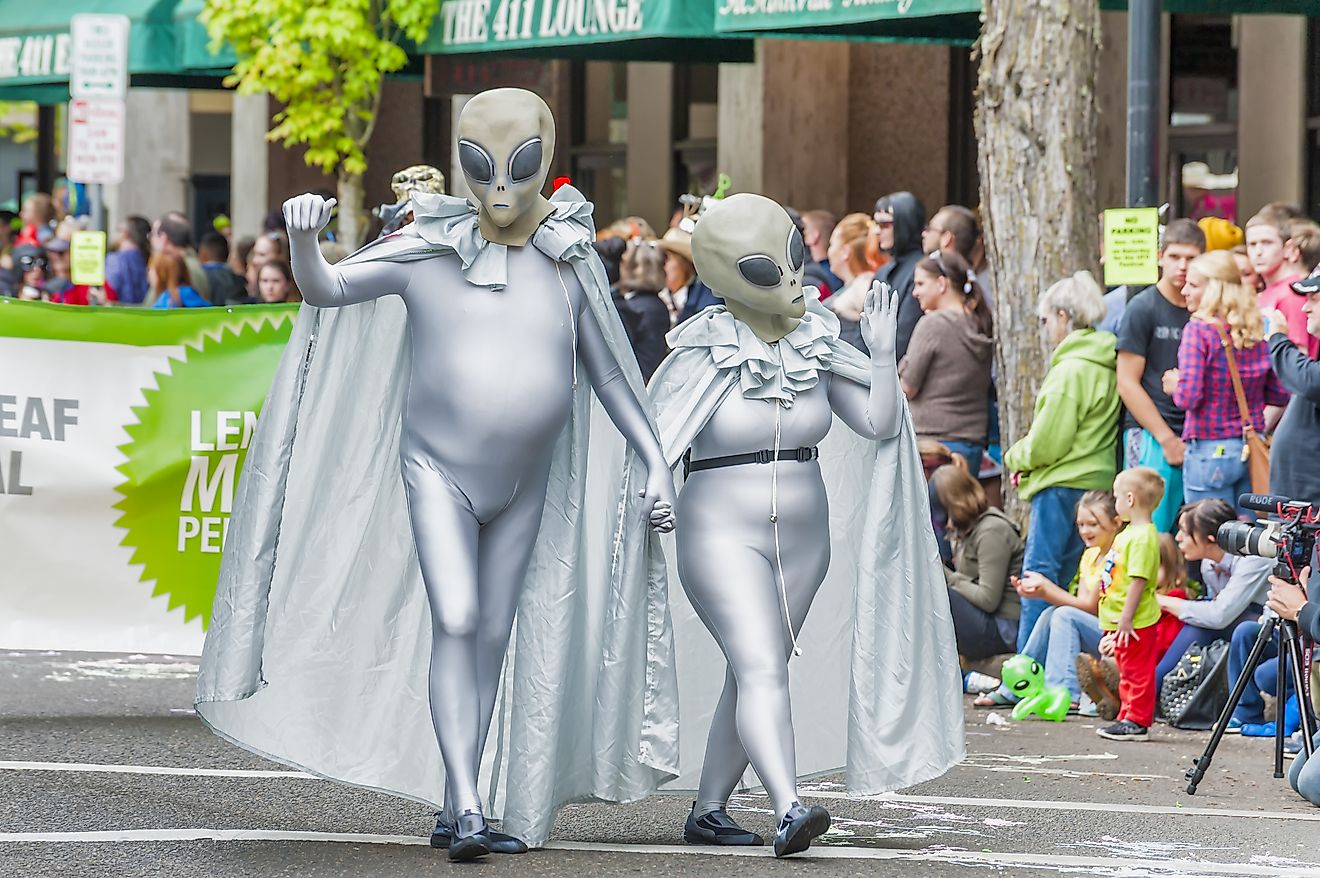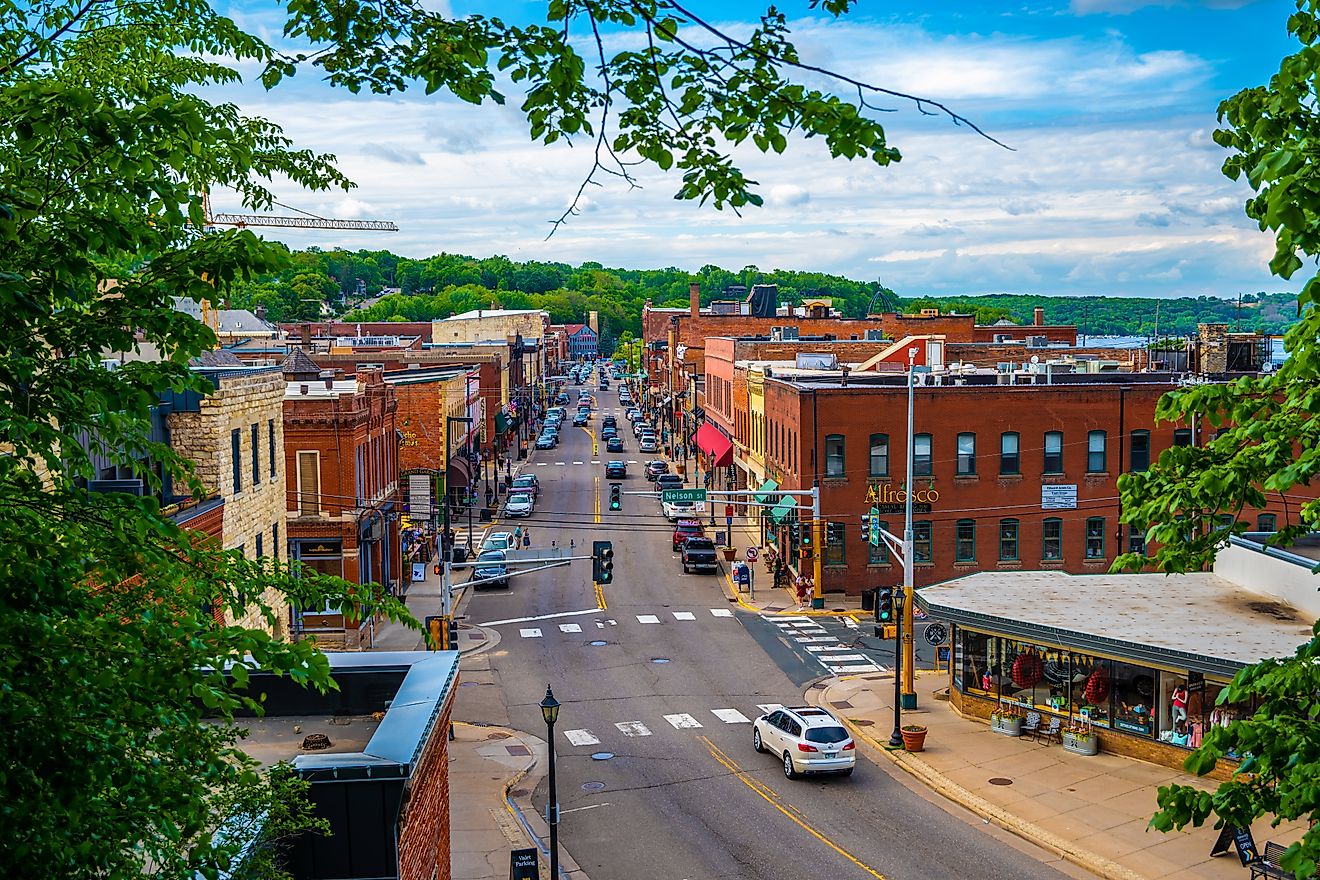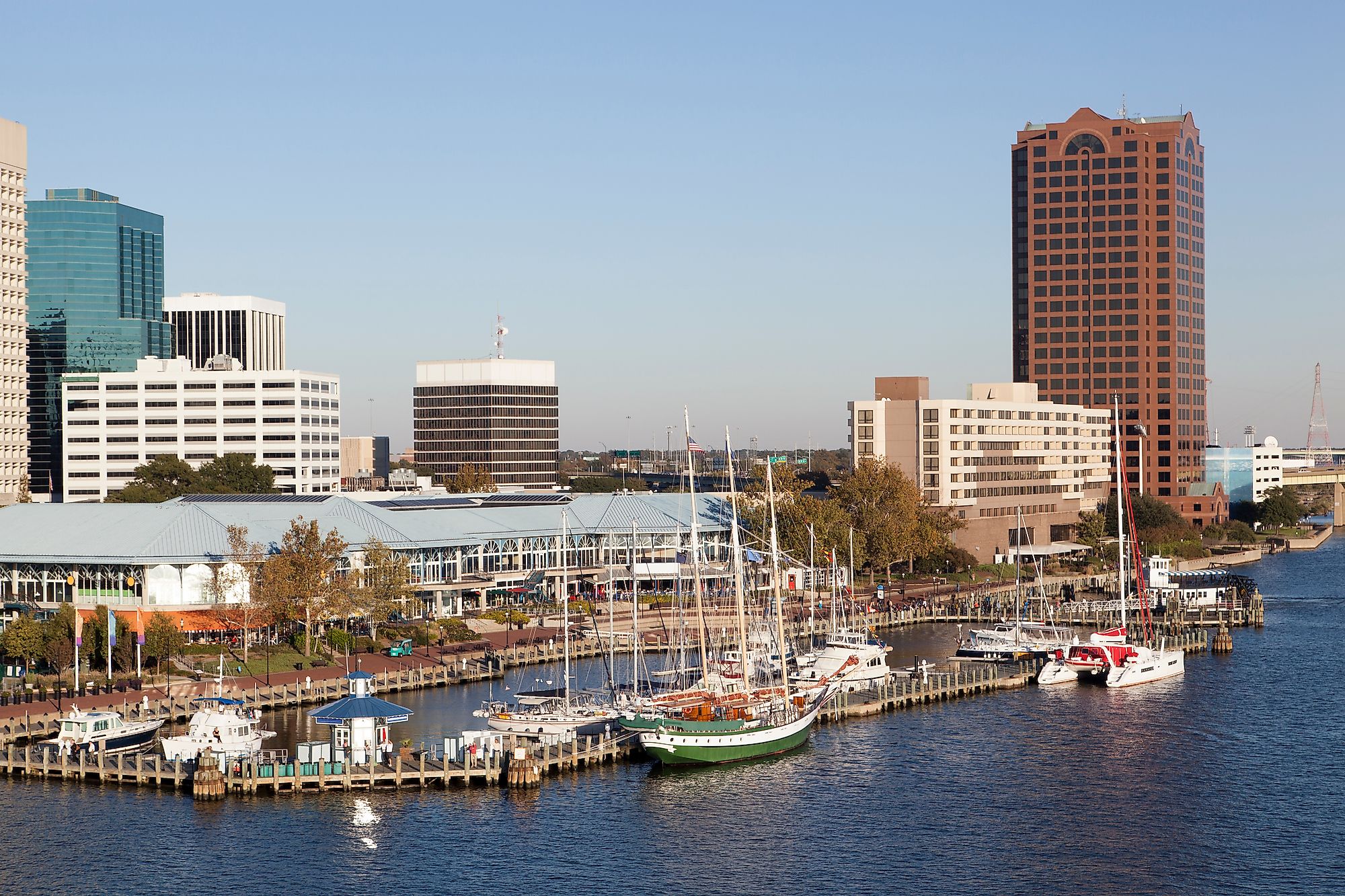
Norfolk, Virginia
Norfolk is an urban city in the US state of Virginia, strategically located in the southeastern Hampton Roads region, opposite the city of Portsmouth, south of Chesapeake Bay of the Atlantic Ocean, and north of Elizabeth River. Spreading over 96.4 sq miles, Norfolk is considered the second-largest city in Virginia, after Virginia Beach. In addition to its vibrant 400-year-old port and rich historic districts, Norfolk is the home to Naval Station Norfolk, the largest Navy base globally and one of NATO's (North Atlantic Treaty Organization) Strategic Command headquarters.
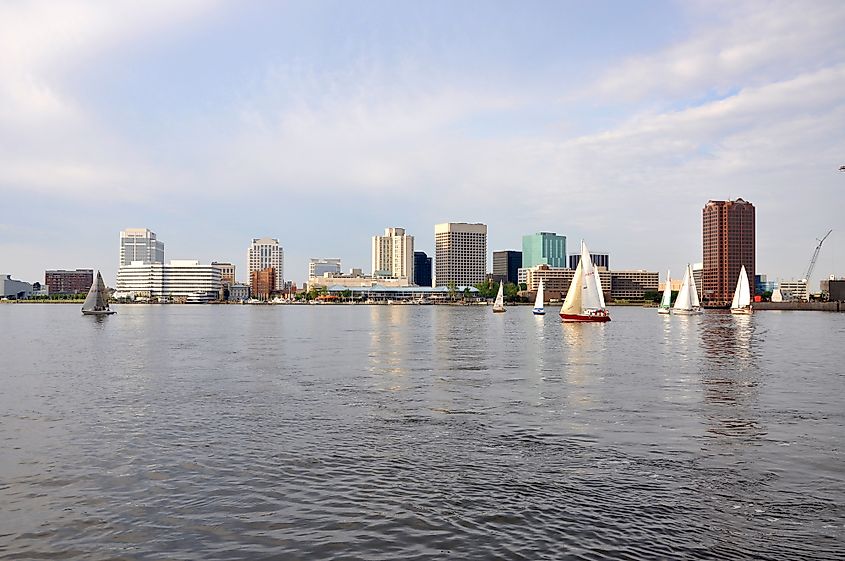
A Brief History Of Norfolk
Settlers first came to Norfolk in the early 1600s, and in 1682 Norfolk town was founded and named for Norfolk county, England. The land was bought from Nicholas Wise, a carpenter, for 10,000 pounds of tobacco. Later on, The town was incorporated in 1705 and rechartered as a borough in 1736. For several decades the building of homes, farms, and businesses continued throughout the area, and Norfolk developed into a center for West Indies trade and the shipping of export products from the plantations of Virginia and the Carolinas. By 1775, Norfolk was known as the most prosperous city in Virginia and the HQ of John Murray, the royal Governor at that time. During the American Revolution in early 1776, Norfolk was attacked and destroyed, followed by a huge disastrous fire that burned most of the city in 1804. It was eventually built up again and incorporated as a city in 1845.
Population And Economy Of Norfolk
Norfolk has a population of 247,000 residents, with 92.76% born in the United States, of which 49.42% were born in Virginia. Around 3.43% of those residents are not US citizens. The largest percentage of those not born in the United States are from Latin America. Over the decades, Norfolk's population was affected greatly by several historical and economic events. The recession resulting from the American Civil war in 1820 led to the migration of many residents, followed by the yellow fever pandemic that killed around 3000 people and forced the migration of one-third of the city's residents to avoid the illness. Moreover, the city's infrastructure development of highways and bridges after World War II led to the construction of more residential housing in the suburbs, which eventually decreased the population as middle-class white residents moved out of the city and into the suburbs. The city built malls and shopping centers, a waterside marketplace, hospitals, schools, a railway station, and many other attractions to draw in more residents. Today, Norfolk is called one of the Top 10 booming downtowns in the US. In another economic perspective showing taxes and figures, a recent survey showed that the average income of a Norfolk resident is $24,252 a year, with an unemployment rate of 7.3%. As for Tax rates, the city has a 6.0% sales tax and 5.8% income tax.
The Climate Of Norfolk
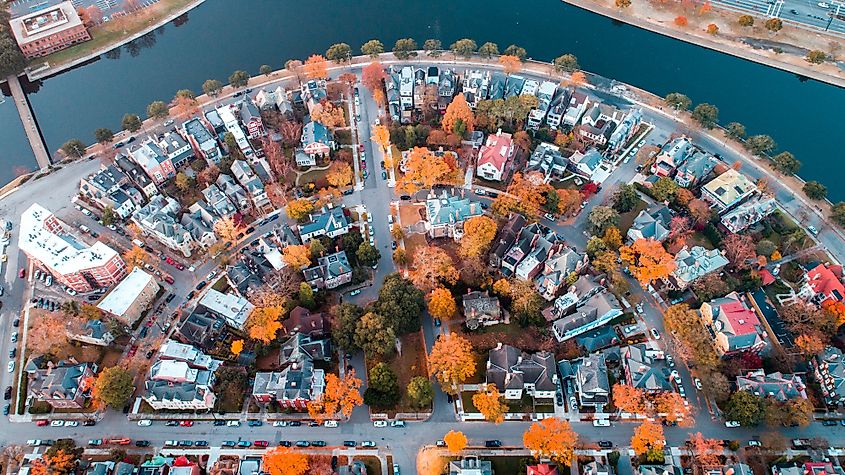
Norfolk's summers are warm and moist, winters are frigid and windy, and it is wet and partly cloudy year-round. The temperature typically varies from 34° to 86 °F and is rarely below 23 °F or above 94 °F. For tourists, The best times of year to visit Norfolk for warm-weather activities are from mid-May to mid-June and from late August to mid-October.
Local Attractions In Norfolk
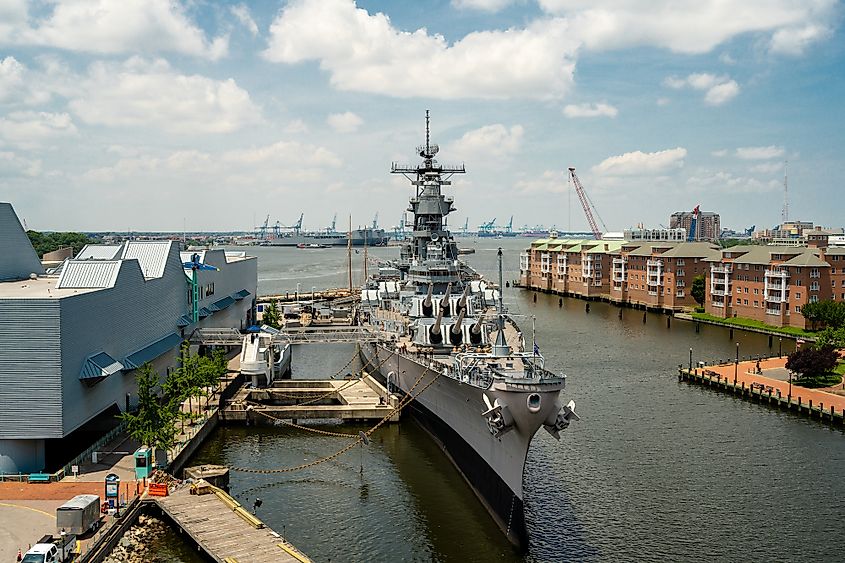
Wisconson Battleship: Norfolk is home to the USS Wisconsin, the world's largest battleship. Located in Nauticus, the National Maritime Center, The ship was launched on December 7, 1943, and it was berthed at Nauticus on the same date in 2000. It has also won many medals, all of which you can learn about during a tour.
Chrysler Museum of Art: This museum is one of the Top 20 museums in the USA, and it features masterworks from every major civilization, historical period, and culture of the past 5,000 years! Moreover, the Chrysler Hall is Norfolk's downtown performing arts center and hosts a Forum lecture series, the Virginia Symphony, and touring Broadway Shows.
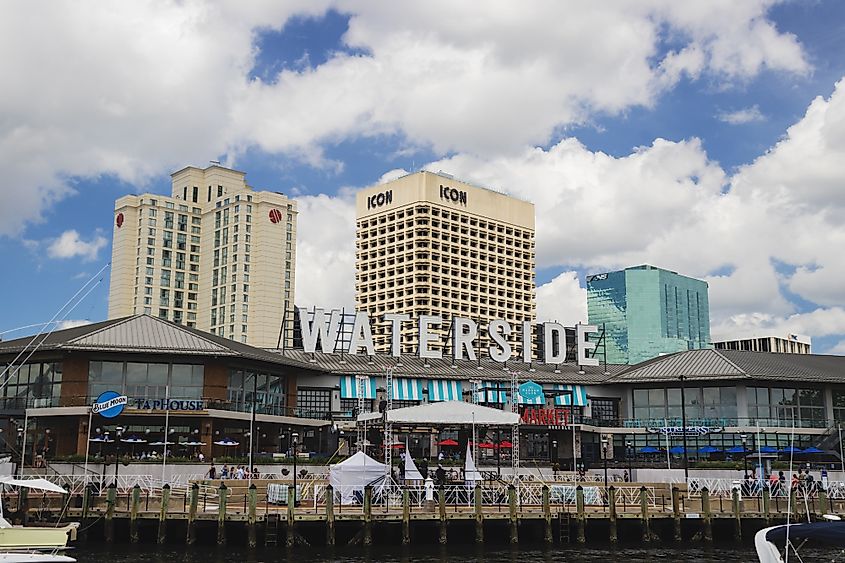
Other than the above cultural attractions, Norfolk offers a lot of outdoor attractions along with its vibrant harbor, botanical garden, ocean view beach, local markets, sports stadiums, and festivals. As a historical and cultural hub in the region, and due to its location on the bay, Norfolk attracts different types of tourists. All attractions are reachable within a short walking distance, a car, or a train ride!
Norfolk is the region's historic, urban, financial, and cultural center. The locals describe it as a city on the water but never watered down—a melting pot of people, cultures, and ideas.
